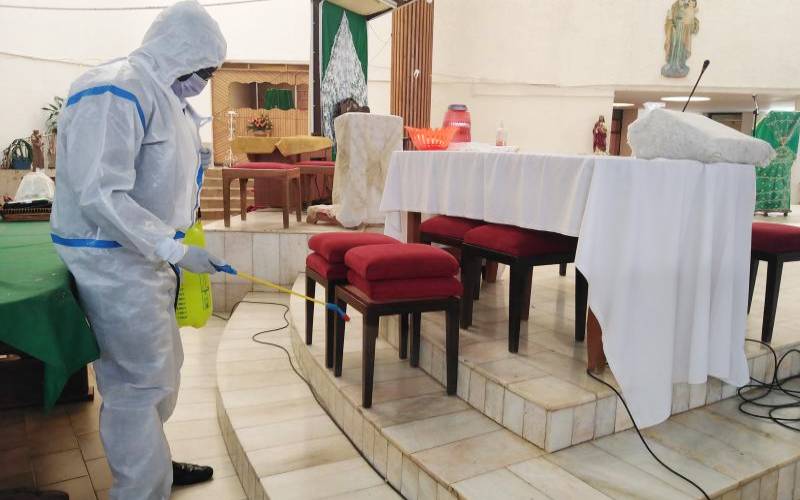×
The Standard e-Paper
Home To Bold Columnists

The raging debate over the number of people who should attend services offered by various religious groupings and organizations of faith has seen most of the local churches opt for no physical attendance.
The Standard spoke to Archbishop Anthony Muheria, the Interfaith Council on the National Response to the Coronavirus Pandemic chairman, to understand more in line with matters arising from the guidelines for safe reopening of in-person congregational worship issued yesterday.